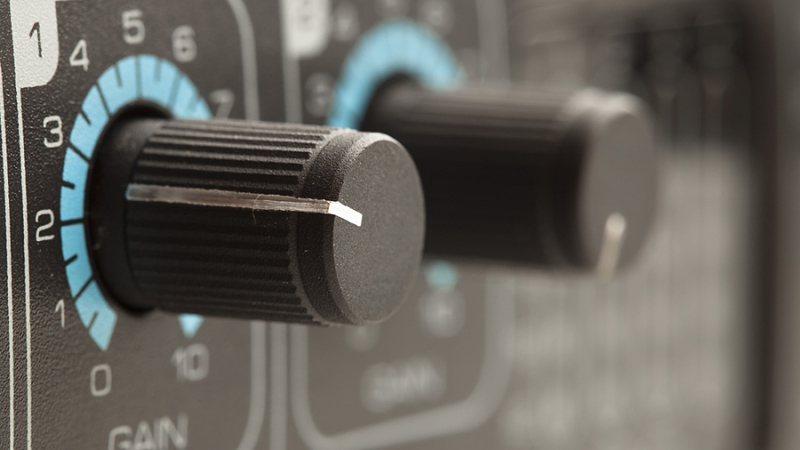The title of this article must have given you an idea of what it is about. If you are an experienced music producer, then probably you are aware of audio interfaces and their uses. But if you are an upcoming musician who is keen on creating music but lacks information, then this article will surely boost your knowledge to some extent.
Many computers have a soundcard, either built-in or assembled. If you have one in your system, fair enough, but if it is one of those standard uses music card, then you need something else. There are certain limitations to such sound cards. Consumer level sound cards lack certainly required connectivity as it only comes with consumer-grade stereo line level input and medium grade gear. If you are talking about output, then a standard sound card will have a stereo headphone and speaker output. Moreover, music cards produce a mediocre sound which is not suitable for musicians or music producers.

So, what exactly you need? You need sound cards that come with XLR inputs for microphone, high impedance phone plug input, high-end outputs that make provisions for analysing your recording and editing of sound via headphones or speakers. In other words, you need a good audio interface.
What is an audio interface?
The answer is simple. It is the solution to all your sound recording aspirations. It is a modern recording studio that has found its place in home studios as well as in colossal music production companies. It is evident that audio interfaces are of different prices and different ranges, but the primary function is same for all.
The most important function is to transmit the audio signal from a singer, to the computer, process and edit it and transmit it back to the audience.
The prices vary, and so does the quality of hardware and facilities associated with it. An audio interface is a nice blend of hardware components, ADC, DAC, microphone preamplifiers, direct instrument inputs, metering, digital converters, headphone distribution, all under one roof.

For high-end audio amplifiers, high-channel-count audio interfaces rule the kingdom leaving behind the traditional recording console. To learn and get more details about some of the top audio interfaces, you can check out this excellent comparison post.
There are some essential factors to delve deep into while investing in an audio interface. These are:
Latency: It is the delay time taken by sound propagate from the input, to ADC, to DAW, to DAC. This is an essential factor to look into before buying an audio controller.
Firewire Audio Interface: FireWire is responsible for leveraging the overall performance of the project studio. There are two types of FireWire found on audio interfaces. One is the FireWire 400 whereas the other one is the FireWire 800. The former one has the same speed as that of a USB 2.0 while the latter one is twice as fast as the old in performance.
Thunderbolt and PCIe Audio Interface: Thunderbolts are another set of interfaces which is common to Mac OS but not compatible to Windows OS. Thunderbolts delivers speed twice as that of a USB 3.0 and 12 times that of a FireWire 800. PCIe slots are inevitable in Thunderbolt connections. Two of the most popular PCIe slots are Avid Pro Tools | HDX and Apogee Symphony.
USB Audio Interface: USB 2.0 is the most commonly used interface but many audio interfaces sport USB 3.0 for latency free, fast audio experience. There are many details to explore. You can check them from internet depending on your critical requirements.
Analog and Digital Connection: There are several formats for Analog and Digital Connections, such as XLR, 1/4″, RCA connectors, DB-25 connectors, etc. Audio interfaces deploy comparatively more analog connections than digital conversion channels. Make sure, and you have ample channels to fulfill your monitoring requirements. Specific digital input-output units such as 8-channel ADAT light pipe frees you from the necessity of pre-amplifiers and improves the flexibility of the audio interface.
Correct Format: Audio interfaces are built for either desktops or rackmounts. The former type is smaller in size but combines all necessary features. Bus connections facilitate some desktop-based Audio Interfaces. Rackmount audio interfaces are usually installed in 19″ equipment racks, providing scope for more input-output connections.
The In-Built Digital Signal Processing: Many audio interfaces come with inbuilt Digital Signal processors which also include DSP-based mixers. These mixers provide dynamics, equalization, delay, monitor mixing and so on.
I hope the above points have given you an idea on why you need an audio interface. Several specifications need to be considered before buying an audio interface. Finally purchase the one that is an efficient trade off between price and quality.








Leave a Reply